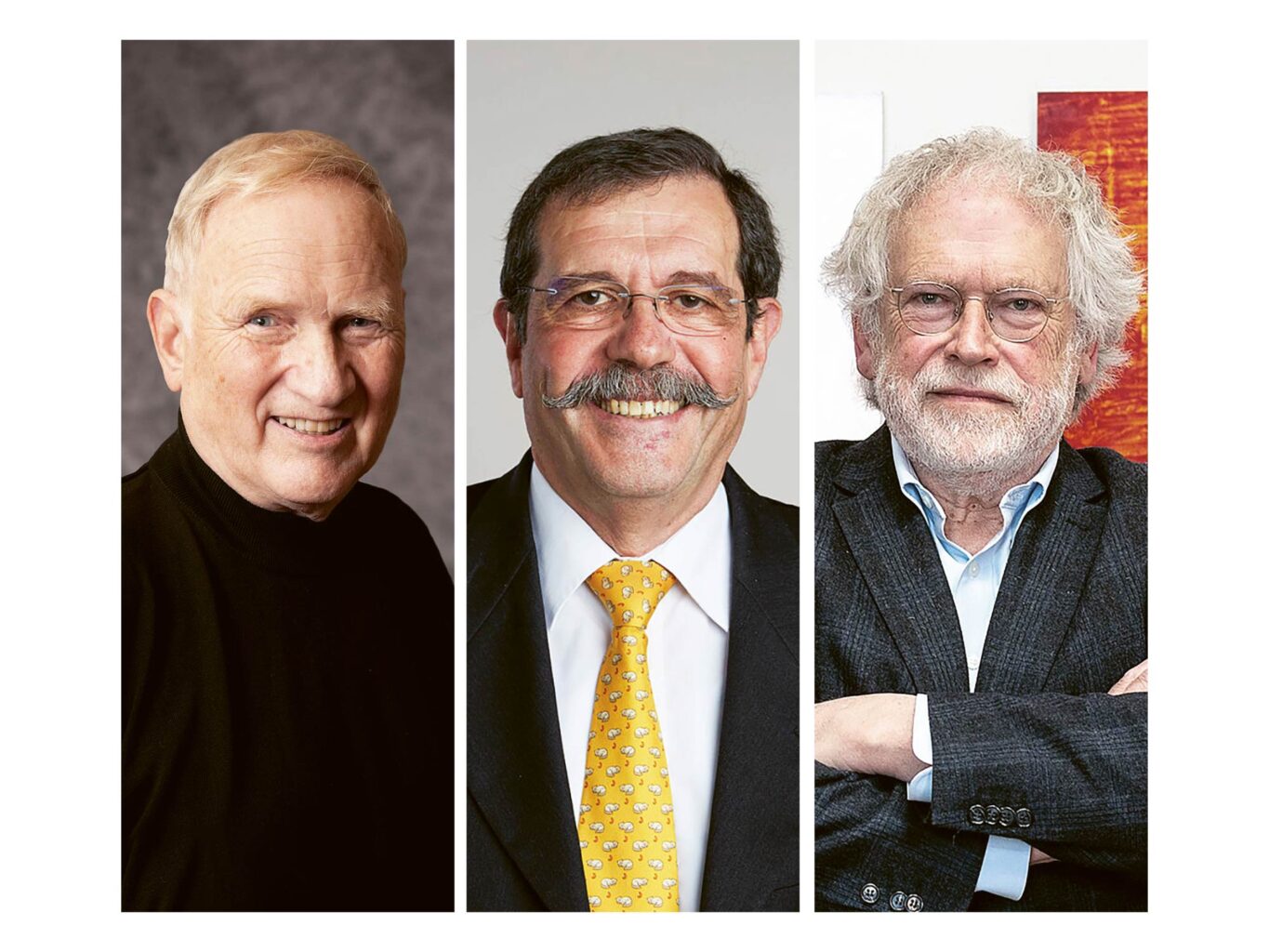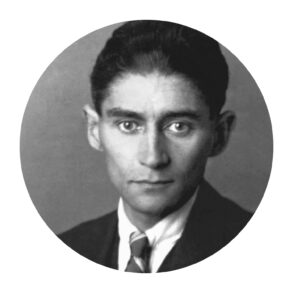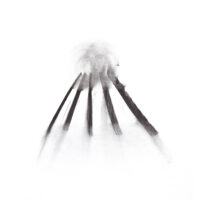The three 2022 Nobel Laureates in Physics – John Clauser, Alain Aspect, and Anton Zeilinger – have experimentally shown that quantum physics is more than an idea or theory of understanding matter.
There is probably only one occasion on which Rudolf Steiner did not use the term ‹occult captivity› in an ‹esoteric class› concerning Helena Blavatsky, and that was on August 31, 1923, in Penmaenmawr, UK. There, he describes the intention of Ahrimanic beings to surround humanity with atomistic and molecular images and thereby put it in captivity. It is remarkable that during Rudolf Steiner’s lifetime, physicists were preparing to overcome naïve ‹particle atomism›. Werner Heisenberg took a decisive step in June 1925 with the first draft of quantum physics, which was developed in collaboration with Niels Bohr and other important physicists in the following years.
Already with Heisenberg, we have drastic innovations: now only probability statements are able to be made about the behavior of ‹quantum objects› – they can actually no longer be called particles after this development – and their behavior depends on the question determined by the experiment. This went too far for ‹realistic› colleagues such as Albert Einstein. There had to be an objective physical reality of things, independent of human beings. If one could only give probabilities, it must be because certain hidden variables were not yet known. The theory is incomplete. «God doesn’t roll the dice,» Einstein claimed. The debate between Bohr and Einstein culminated in Einstein’s publication, together with Boris Podolsky and Nathan Rosen. This so-called EPR paradox described an experiment as a consequence of quantum physics, which, in short, common sense had to consider impossible. This assumes a situation in which two or more spatially distant quantum objects (e.g., ‹photons›) form a joint system according to quantum physics and are ‹linked› so that they are dependent on each other in their properties, no matter how far apart they are. For Einstein, the immediate implicit influence across space was a «spooky action at a distance.» Twenty years later (1955), John Bell succeeded in formulating this situation into an inequality that can be tested in principle in an experiment: If this is violated in the experiment, this means that quantum physics is correct in this context and that there can at least be no local hidden variables.
Such experiments were not technically possible at that time. It was not until 1972 that Stuart Freedman and John Clauser successfully carried out the first such experimental test. It turned out in favor of quantum physics. Later, such experiments were refined to rule out uncertainties, particularly by Alain Aspect, Philippe Granger, and Gerard Roger in 1982 and the following years, and even later by Anton Zeilinger and his colleagues, most recently in 2015. For years, Zeilinger has pointed out the oddities of quantum physics with spectacular experiments. He was invited to show an experiment on the EPR paradox at the Documenta in Kassel in 2012. All these experiments led to a violation of Bell’s inequality and thus to confirmation of quantum physics. Only non-local hidden variables could not be excluded so far, with such works the concept of David Bohm.

A unique feature of these experiments should be pointed out: The results do not show up as a ‹normal› observation but essentially consist of the response of detectors and the question of whether two different detectors respond simultaneously or not. The result is correlations or anti-correlations of the ‹events›. If one wants to speak of a phenomenon at all, it is at best, a phenomenon of logic.
The three Nobel Prize winners of this year, John Clauser, Alain Aspect, and Anton Zeilinger (Freedman died in 2012 and therefore could not also be honored), are physicists who were able to confirm experimentally that, to put it simply, quantum physics overcame the naïve-realistic world view of particles, etc. are thus representatively honored. In this sense, one can cautiously say that they opened ways out of ‹occult captivity.›
One may wonder why these findings have had so little influence on today’s materialistic worldview. The Nobel Prize in Chemistry, awarded at the same time for so-called ‹click chemistry›, the targeted handling of molecular structures, for example, points in the opposite direction. – I once asked a biologist why, for example, DNA studies are so naïve about particles. His answer: Because it works. – There is obviously still a long way to go for science to really overcome this captivity.
Further Reading ‹The Quantum Challenge› by G. Grenzstein to A. Zajonc, London 2005. Arthur Zajonc, the former Secretary General of the Anthroposophical Society in the USA, has worked with Zeilinger. Revealing is the article by O. Passon and J. Grebe-Ellis ‹What is a photon› – Translation: Monika Werner














Most thankfulfor your newsletter.